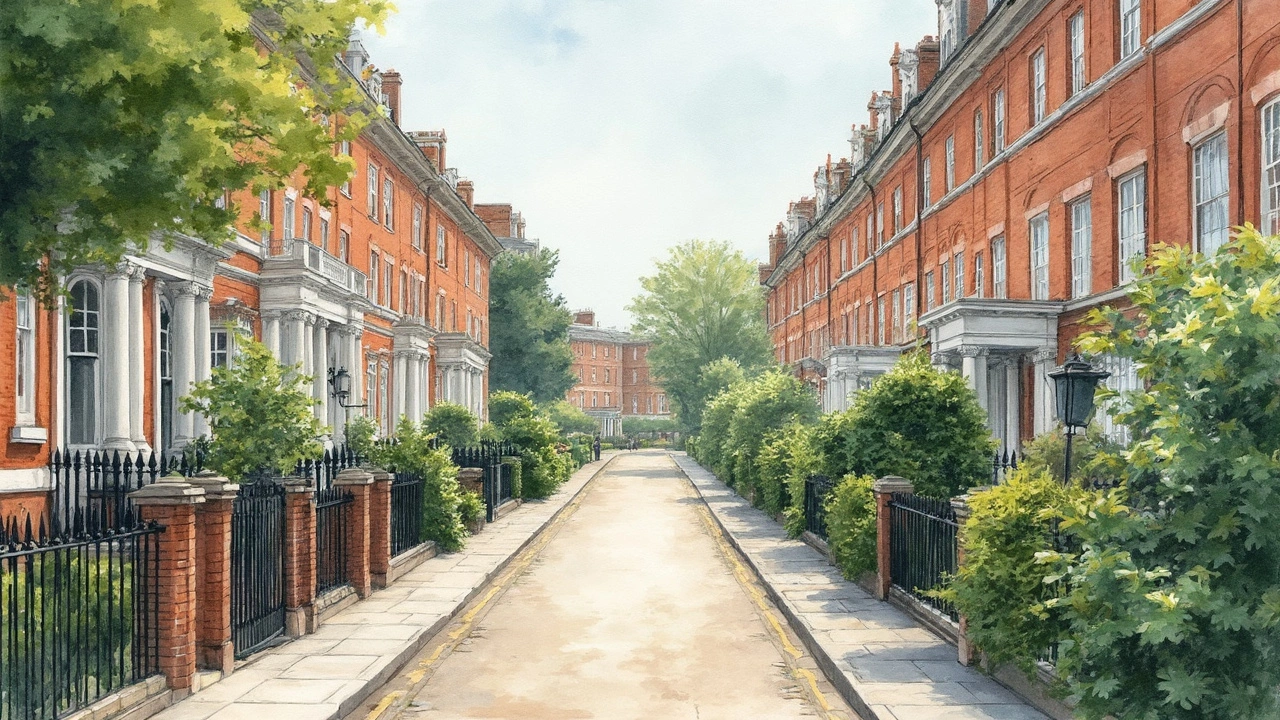Colonial Homes: Practical Guide to Style, Layout, and Updates
Colonial homes still shape neighborhoods because they mix simple symmetry with sturdy construction. If you live in one or are thinking of buying, you probably want to know what makes a house truly “Colonial” and how to update it without ruining the look. This guide gives clear, practical tips you can use today.
Start by spotting the basics: a rectangular shape, a centered front door, evenly spaced windows, and a steep roof. Inside, expect a central hallway with rooms on either side and fireplaces in main rooms. Materials are usually wood or brick, and trim tends to be plain rather than ornate. Those features made Colonial homes easy to build and easy to maintain—one reason they stayed popular.
Why people love Colonial homes
Colonial homes feel familiar and balanced. Their symmetry makes layouts predictable and furniture placement easy. High-quality original details—wide plank floors, built-in cupboards, solid wood doors—add character that modern builds often lack. They also adapt well: you can keep the style intact while adding modern kitchens, baths, and insulation.
When planning updates, focus on durability and proportion. Replace old windows with energy-efficient ones that match the original pane patterns. Keep crown moldings and door casings proportional to room size. If you open walls for a modern kitchen, try to preserve the central hallway flow or recreate symmetry with matching openings and lighting.
Practical renovation tips
Paint choices matter. Traditional Colonial palettes include whites, soft blues, greens, and muted reds. Use these on trim and shutters, but don’t be afraid of a bold door color—navy or deep red works well. For floors, refinish original wood if possible; if not, choose wide plank hardwood in warm tones. In kitchens, shaker cabinets and simple hardware keep the look clean and honest.
Insulation and HVAC upgrades make Colonial homes comfortable year-round. Add insulation in attics and behind exterior walls where you can. Install a modern heating system that fits the house scale—ductless mini-splits are a low-impact option for older homes with limited attic space. Keep historic fireplaces as focal points, but use them safely and only after inspection.
Exterior details are small wins. Repair or replace shutters, restore gutters to match rooflines, and choose period-appropriate porch lighting. Landscapes that mirror simple geometry—straight paths, evenly spaced plantings—accent the house’s symmetry. For curb appeal, keep entryways clean, add a classic mailbox, and maintain visible house numbers.
Buying a Colonial home? Hire an inspector familiar with older construction. Look for foundation issues, water damage, and original wiring. Expect some compromises: older homes rarely have perfect closets or open-plan living, but they offer history and solid bones.
Typical upgrades cost ranges vary: expect $5k–$30k for kitchen updates, $3k–$10k for bathrooms, and $2k–$10k for window or insulation work depending on size and materials. Plan a buffer for surprises. Expect honest costs.
Colonial homes are practical, charming, and adaptable. With a few thoughtful updates and respect for proportion, you can enjoy modern comfort while keeping that classic Colonial look.

Colonial Architecture: Exploring Timeless Styles and Historical Influence
Explore the rich world of colonial architecture—its styles, history, and legacy. Learn fun facts, useful tips, and why colonial homes are still beloved today.
Read more